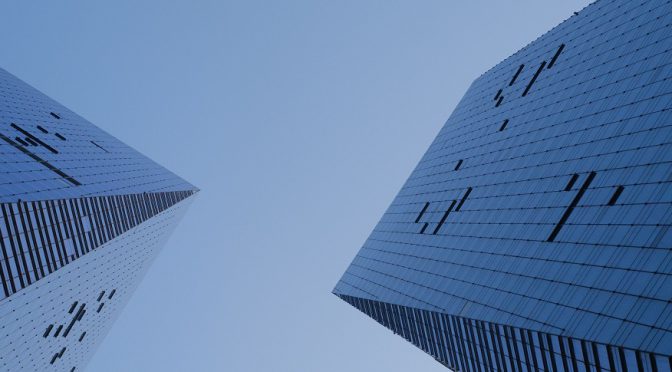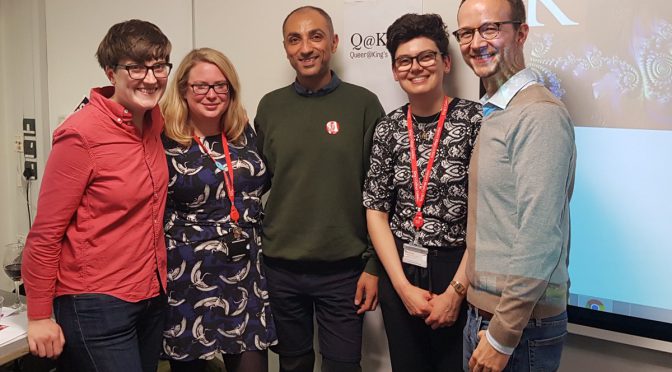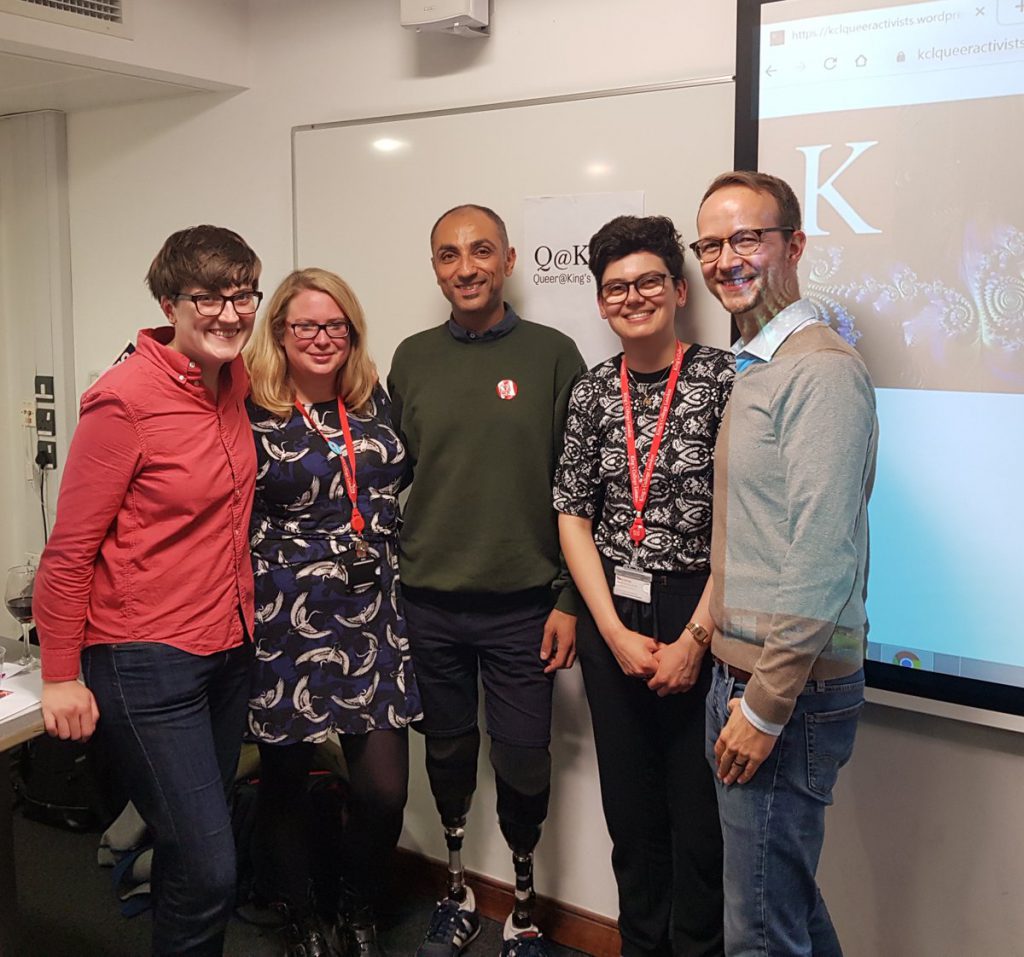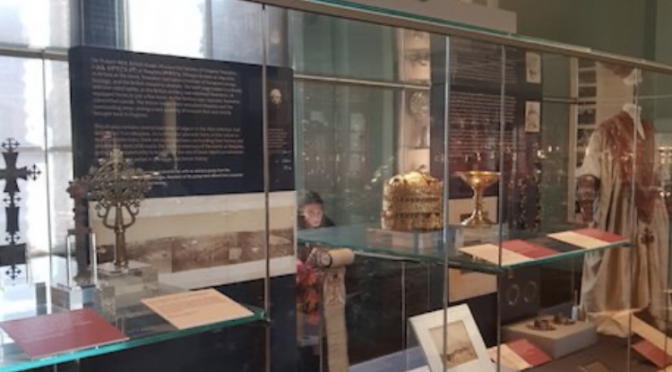To celebrate the English Department’s acquisition of Val Wilmer’s portrait of Ronald Moody, Luke Roberts reflects on the life and work of the Jamaican sculptor and KCL alumnus.
For us history was the carrier of no absolutes and conformed to no overarching scriptural commandments. Nothing was ever codified as having its correct place and time. In a suitably paradoxical formulation, displacement moved to the centre.
– Stuart Hall[1]

In Val Wilmer’s portrait of Ronald Moody the artist sits framed by two sculptures: the carved wooden head Tacet (1938) and the concrete and fibreglass figure The Man (1958). He holds a pipe in his left hand, gently resting on his right. His eyes are fixed on something out of shot. Although nothing in this picture returns our gaze, everything holds it. It’s a study of texture and material, balance and weight: the heavy fabric of his sweater, the flesh of the hands and the human face, the greying beard, the exposed brickwork of the studio wall, the concrete phallus, the dome of the skull, triangles of newspaper and just-visible handkerchief, light moving in and out of darkness. Moody himself is the centre of gravity, but it’s a restless centre.






